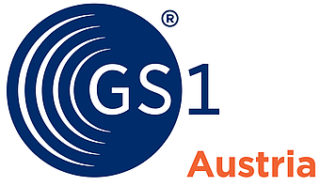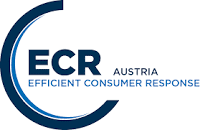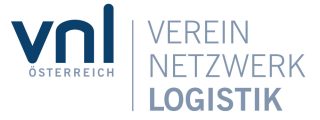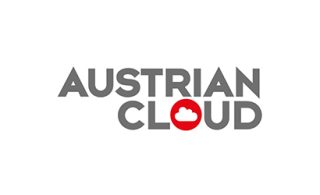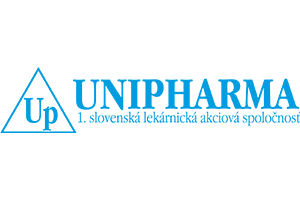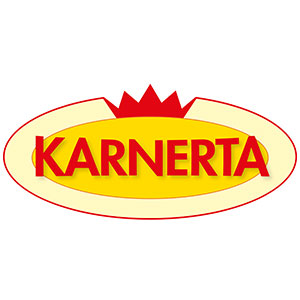Switch from Web EDI to an integrated solution

When does it pay off to switch from Web EDI to an integrated solution?
This problem will sound very familiar to successful business people and experienced executives: as your business grows, you constantly need to add new resources while at the same time professionalizing your processes. You might have taken the first step towards electronic order processing or invoicing, but you might be asking yourself: what is the ideal point in time to fully automate all processes, i.e., to switch from an online portal to an integrated solution? Even though Web EDI is the perfect entry-level solution for SMEs for semi-automatically processing orders, invoices, or despatch advices with their clients, at some point things must be taken to the next level. Read this EDI Blog post to find answers to a wide range of questions regarding the expansion of your EDI repertoire.
What is the difference between Web EDI and integrated EDI solutions?
Electronic Data Interchange (EDI) via an online portal can be an easy first step into the world of EDI. However, as the amount of business partners or the document volume increases, it usually makes sense to switch to an integrated solution. While Web EDI can be accessed from any PC with Internet access, it has no integrated connection to your ERP system. However, such a connection is the prerequisite for automatically handling all resource planning processes directly in the ERP system, using a single import/export interface for all business partners. Experts can help handle different data formats and communication channels.
Are there different implementation options?
Depending on your company’s IT infrastructure, two implementation options are available: an in-house solution or a managed EDI service (also known as “EDI in the cloud”). For the second option, EDI service providers offer a “we got you covered package” that includes all operational processes, connecting new partners, periodic updates, and customer support. At EDITEL, we also believe in having your data processed in Austria, which is good for the regional economy.
Is the sales volume the right indicator for considering an “EDI upgrade”?
To some extent, an increasing sales volume is a sign that existing EDI resources should be reviewed and upgraded if necessary. After all, higher sales usually result in more invoices and other business documents. But another important decision-making criterion is the number of business partners that a company would like to reach via EDI.
Should the number of clients be the decisive factor?
The more business partners you have, the higher your clients’ need for EDI will usually be. Sometimes, document volume is the decisive criterion. While handling two orders per week is not a big challenge, if the number increases to twenty, the required effort is far greater, and it might be a good idea to consider having a direct EDI connection via ERP. And ultimately, it is also a question of innovation mindset if a company still wants to record data manually in 2021, even though there are cost-efficient alternatives.
What is the document volume that calls for a system update?
There is no specific number. For example, if you suddenly went from exchanging 50 invoices per month with different business partners to 500, this would be a clear indication that you should switch to a fully integrated option. Generally speaking, in time of increasing digitalization, it is safe to assume that clients will increasingly expect the use of EDI. Ultimately, investing in an improved EDI solution is investing in the future. You can expect the return on investment to happen soon because an improved EDI system requires fewer human resources while increasing quality and avoiding mistakes.
How much will I save by having a “full” EDI system?
Remember: it usually does not make a difference to your business partners whether you enter data for a despatch advice or an invoice manually via an online portal or if data is sent directly from the ERP system. This is by design. What does count are data quality and smooth workflows. While some data need to be recorded manually when using a Web EDI portal, this is not the case for integrated EDI solutions. This frees up resources that are especially valuable for growing companies and that they can use to focus on their core business.
How much does it cost to switch?
For integrated solutions, there will be expenses for the initial implementation. Experience shows that these costs usually pay off quickly. As far as we know, none of our clients has ever regretted switching to an integrated solution.
Don’t hesitate to contact me or my colleagues about a consultation and quote for a solution that fits your needs. Please use the contact box on the right to send your inquiry or just give us a call.
About the author
Klaus Schaffer
Business Development Manager at EDITEL Austria.
About EDITEL

EDITEL, an EDI service provider, is the internationally leading provider of EDI solutions (EDI = Electronic Data Interchange). The company specializes in the optimization of supply chain processes for companies of all sizes and in all industries.
Portrait photo copyright Editel/Petra Spiola
Symbolic image copyright pixabay


